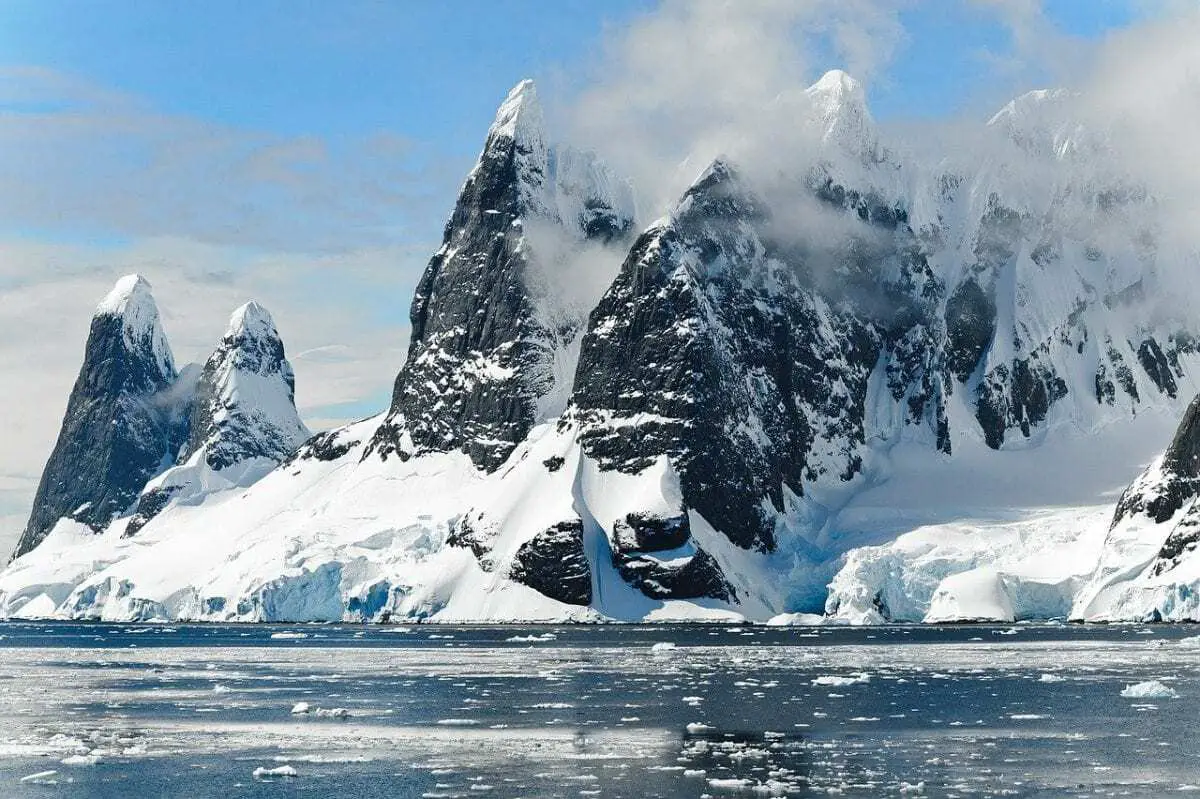A previously unknown significant source of carbon just discovered in the Arctic has scientists marveling at a once overlooked contributor to local coastal ecosystems – and concerned about what it may mean in an era of climate change.
In a Nature Communications paper released today, aquatic chemists and hydrologists from The University of Texas at Austin’s Marine Science Institute and Jackson School of Geosciences, U.S. Fish and Wildlife Service and Florida State University present evidence of significant, undetected concentrations and fluxes of dissolved organic matter entering Arctic coastal waters, with the source being groundwater flow atop of frozen permafrost. This water moves from land to sea unseen, but researchers now believe it carries significant concentrations of carbon and other nutrients to Arctic coastal food webs.
Groundwater is known globally to be important for delivering carbon and other nutrients to oceans, but in the Arctic, where much water remains trapped in frozen earth, its role has been less clear. Scientists were surprised to learn that groundwater may be contributing an amount of dissolved organic matter to the Alaskan Beaufort Sea that is almost on a par with what comes from neighboring rivers during the summer.
“We have to start thinking differently about groundwater,” said senior author Jim McClelland, professor of marine sciences at UT Austin. “The water that flows from rivers to the Arctic Ocean is pretty well accounted for, but until now the groundwater flowing to this ocean hasn’t been.”
The research community has generally assumed that groundwater inputs from land to sea are small in the Arctic because perennially frozen ground, or permafrost, constrains the flow of water below the tundra surface.
The research published today describes sampling the concentration and age of dissolved carbon, as well as nitrogen, in groundwater flowing beneath the land’s surface in the Arctic during the summer. The team found that as shallow groundwater flows beneath the surface at sites in northern Alaska, it picks up new, young organic carbon and nitrogen as expected. However, they also discovered that as groundwater flows toward the ocean, it mixes with layers of deeper soils and thawing permafrost, picking up and transporting century-to-millennia old organic carbon and nitrogen.
This old carbon being transported by groundwater is thought to be minimally decomposed, never having seen the light of day before it meets the ocean.
“Groundwater inputs are unique because this material is a direct shot to the ocean without seeing or being photodegraded by light,” McClelland said. “Sunlight on the water can decompose organic carbon as it travels downstream in rivers. Organic matter delivered to the coastal ocean in groundwater is not subject to this process, and thus may be valuable as a food source to bacteria and higher organisms that live in Arctic coastal waters.”
The researchers concluded that the supply of leachable organic carbon from groundwater amounts to as much as 70% of the dissolved organic matter flux from rivers to the Alaska Beaufort Sea during the summer.
“Despite its ancient age, dissolved organic carbon in groundwater provides a new and potentially important source of fuel and energy for local coastal food webs each summer,” said lead author Craig Connolly, a recent graduate of UT Austin’s Marine Science Institute. “The role that groundwater inputs play in carbon and nutrient cycling in Arctic coastal ecosystems, now and in the future as climate changes and permafrost continues to thaw, is something we hope will spark research interest for years to come.”
Co-author M. Bayani Cardenas, a professor in the Jackson School of Geosciences, said that climate change’s outsized effect on the Arctic makes groundwater research all the more important.
“The Arctic is heating up twice as much as the rest of the planet. With that comes permafrost thawing and the birth of aquifers,” he said. “It is likely that groundwater transport in the Arctic will be more and more important in the future.”
Header Image – Public Domain







